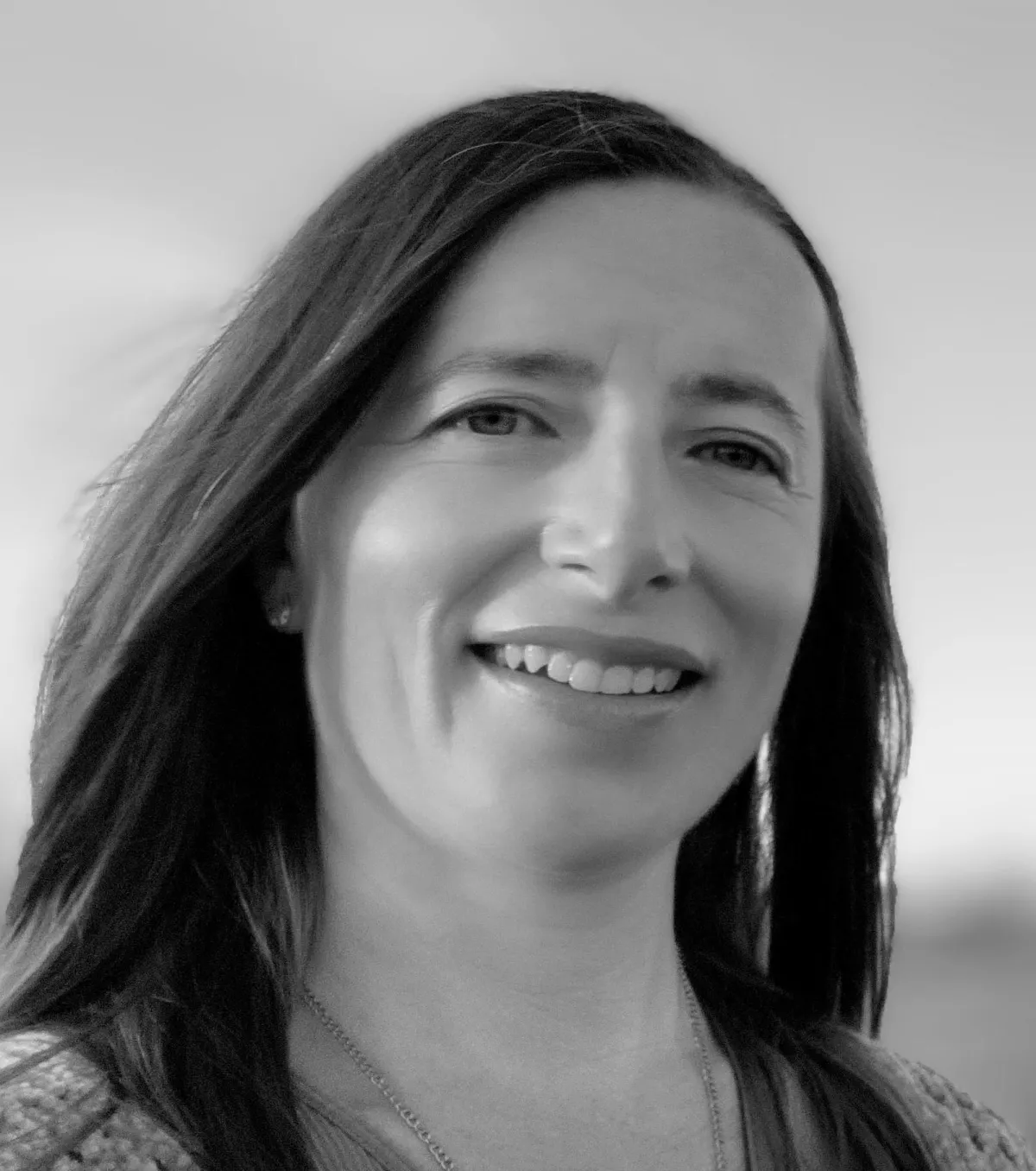

Wing Chun Curriculum: Building Skills Step-by-Step in Longmont
At Longmont Wing Chun, our curriculum is designed to guide you through the art of Wing Chun in a structured, progressive manner. Whether you’re a complete beginner or a seasoned martial artist, our program ensures that everyone masters the fundamentals before moving on to more advanced techniques. If you’re searching for “Longmont Kung Fu” or “martial arts near me,” you’ll find a comprehensive approach here that blends time-honored traditions with modern training methods.
Foundations of Wing Chun
Stance & Structure
The first and most crucial aspect of our curriculum is establishing a solid stance. Learning proper footwork, posture, and alignment sets the stage for efficient movement and powerful strikes. These foundational elements also help you develop stability and balance—core principles that make Wing Chun one of the most sought-after martial arts in Longmont.
Stance & Structure
Before moving on to more complex drills, beginners practice fundamental strikes (punches, palm strikes) and basic defensive motions (blocks, parries). Emphasis is placed on relaxed power and technique rather than brute strength. By mastering these basics, you’ll be able to respond quickly and effectively in real-life self-defense scenarios.
Empty Hand Wing Chun Forms
Forms Training
Siu Lim Tau (Little Idea Form)
Siu Nim Tao is the first Wing Chun form and introduces the core principles of relaxation, structure, and energy flow (Qi). Practicing this form regularly helps develop proper body mechanics, teaching you how to generate power through efficient movement rather than muscle exertion.
Siu Lim Tau translates literally into Siu (small), Lim (idea/thought), Tau (head). Loosely translated as "Small/Little Idea In The Head" or "Little Epiphanies In The Mind". The name indicates that all the details and particulars should be focused on and maintained. This form is practiced in a stationary horse stance using only arm movements. Proper practice of Siu Lim Tau enables the student to develop proper abdominal breathing, independent arm movement, focus, a stable stance, and proper energy.
Chum Kil (Seeking the Bridge)
The second form, Chum Kil, builds on the foundation of Siu Nim Tao. It incorporates footwork and turning motions to refine your ability to bridge the gap between you and your opponent. Students searching for “Longmont martial arts” appreciate how Chum Kil teaches dynamic mobility and situational awareness.
Chum Kil - Chum (search), Kil (bridge). Translated it means "Search For The Bridge", "Seeking The Bridge", or "Bridging The Gap". A bridge is created when one of your arms makes contact with the arm of an opponent. During Chum Kil new hand positions, kicks and movements are introduced.
Bil Jee (Thrusting Fingers)
Advanced practitioners move on to Bil Gee, focusing on explosive power and recovery techniques. This form emphasizes controlled aggression and specialized strikes that can turn the tide of close-quarters combat. By the time you reach Bil Gee, you’ll have a deep understanding of Wing Chun’s structural integrity.
Bil Jee is translated as "Darting fingers" or "Flying fingers." This is the third and final empty hand form in Wing Chun. This form, as the name suggests, places an emphasis on finger jabs. This form enables the practitioner to have a better understanding of the various hand techniques in various applications. This form conditions the practitioner to use the various strikes and techniques at real speed.
Wing Chun Weaponry (Advanced Levels)
Baat Jaam Do (Butterfly Swords)
For those who progress to advanced levels, Wing Chun’s butterfly swords offer unique insights into short-blade combat. By training with these weapons, you strengthen your footwork, reinforce proper structure, and further develop your ability to adapt under pressure.
The butterfly knives are a weapon used primarily by martial artists of southern China. The blade length of the weapon is equal to the fist and the forearm, and a guard is fixed to its hilt to protect the hand. The special length of the blade is designed to allow for better maneuvering. For instance, if the blade is longer than the length of the fist and the arm, it could not be able to be rotated inside the arms. However, the shape of the butterfly knife and the way of its use differs in northern China
Luk Dim Boon Kwan (Dragon Pole)
Wing Chun’s iconic long pole training is an advanced element that challenges students to extend their range and refine their full-body coordination. Mastery of the pole not only boosts upper body strength but also improves overall reach, precision, and balance.
The Dragon Pole has the advantage of its length and linear movements in attack with a minimal circular movement in defence. This technique combined with the most efficient footwork in both attack and defence allows the exponent to move in and out of range like lightning. In fact, it is said that once you hear the first impact of the Pole, the victor has already been decided.
Wooden Dummy Training
The Mook Yan Jong (Wooden Dummy) is a timeless piece of equipment in Wing Chun, teaching you precise angles, proper structure, and consistent forward pressure. Training on the dummy refines your accuracy and power delivery, ensuring you can execute techniques fluidly in real combat scenarios. This portion of our curriculum helps students build confidence while honing their coordination and timing.
Legend has it that in the days of the Shaolin Temple, there was a tunnel filled with 108 wooden dummies, and the monks who completed their training were required to pass through this tunnel as one of their final exams. Each one of these dummies performed a certain technique, which the "graduate" monks had to neutralize on their way out of the temple.
When the Shaolin Temple was destroyed, Ng Mui escaped, and in deference to her training at the Shaolin Temple, she incorporated a training set using a single Wooden Dummy. This dummy set contains 108 combat techniques, each representing the 108 dummies that were in the Shaolin Temple.
The Wooden Dummy is used to develop timing, arm and leg co-ordination, proper use and application of force, distance, judgement, footwork and to teach practitioners how to flow smoothly from technique to technique. It is also used to toughen the limbs, although this is not the primary function of the dummy.
Wing Chun Sticking Hands
Chi Sao (Sticking Hands)
An integral part of Wing Chun, Chi Sao develops sensitivity and reflexes by maintaining contact with an opponent’s arms. Through interactive drills, you learn to feel an opponent’s energy, anticipate their movements, and react instinctively. Our Longmont Wing Chun classes prioritize Chi Sao for cultivating quick reflexes—essential skills for self-defense and overall martial arts proficiency.
Chi sao training develops timing and contact reflexes. Many chi sao techniques do not apply to actual combat, but, through these techniques, the practitioner will develop the fundamental skill of contact reflexes which is the key to victory in combat.
Some other benefits of chi sao are close distance coordination, focusing with the eyes, mobility, balance, timing, accuracy, control of the opponent's balance, and Chi power.
Chi Sao will teach you how to use both sides of your brain. The right side of your brain controls the left side of your body and the left side controls the right side. You will learn how to use both arms interdependently.
Training Methodology
Progressive Learning
Our curriculum is broken into clear stages, ensuring that each student solidifies one layer of skills before advancing. This step-by-step approach is one reason our school stands out to those seeking “kung fu near me” and “martial arts near me.”
Personalized Feedback
Our experienced instructors closely monitor your progress, providing individualized feedback tailored to your learning style. We believe martial arts is a personal journey, and we aim to bring out the best in each student.
Community & Camaraderie
Beyond technique, we foster a supportive environment where students of all ages and backgrounds can learn together. This sense of community makes the training experience both enjoyable and motivating, so you can stay focused and consistent in your practice.
Who Can Benefit from Our Wing Chun Curriculum?
Beginners
– Start with the basics of stance, strikes, and forms, building a strong foundation in self-defense.
Experienced Martial Artists
– Polish your techniques and discover new insights into structure, timing, and energy flow.
Fitness Enthusiasts
– Enjoy a full-body workout that improves balance, flexibility, and coordination.
Self-Defense Seekers
– Learn practical techniques that work in real-world situations, benefiting individuals of all ages and skill levels.
Ready to Get Started?
Curious about how to begin your Wing Chun journey?
Check our Class Schedule to find a session that fits your availability. Whether you live in Longmont or a nearby area, our Kung Fu curriculum brings you authentic martial arts training that blends tradition and practicality.
If you’ve been searching for “Longmont martial arts” or “kung fu near me,” look no further. Our structured curriculum ensures you receive quality training grounded in Wing Chun’s proven methods. Join our community and experience the empowering art of Wing Chun firsthand.
With roots tracing back centuries, Wing Chun remains a dynamic, effective martial art. Our curriculum is thoughtfully designed to help you grasp every facet of its techniques—forms, Chi Sao, weapon work, and more—at a comfortable pace. Take the next step in your personal development and unlock the full potential of Wing Chun, right here in Longmont.
Testimonials

Ryan Harper
Absolutely love this place. The Sifu is a amazing teacher and the senior students are very patient and helpful. If you want to learn a traditional kung fu style like Wing Chun this is the place!
Been going for just over a year. And plan to for many years to come. This is a great place for adults and families to learn together.


Elizabeth Sutton
Sifu Dan & Norma are great!! My kids have really enjoyed their classes and my oldest still talks about being able to break the boards 🙂. Thank you for all you guys do.


Gail
I've been a student here and working with Sifu Dan and Sifu Norma for over 2 years. They are amazing teachers and adapt the lessons to each person's needs. They consistently help students achieve more than they thought possible while still managing to have fun while doing it. Not only have classes improved my coordination and reflexes, learning Traditional Wing Chun under them has also helped me with problem solving and strategic thinking. Sifus' Dan and Norma are both very intuitive as well as knowledgeable and can see how to help you correct your technique with class structure and exercises so you consistantly get better and better without realizing it's happening until in fact it has. I would highly recommend Longmont Wing Chun for people of all skill levels and abilities.

Classes & Curriculum
Kung Fu & Chi (Qi) Classes
Adult Wing Chun Kung Fu
Adult Advanced & Applied Wing Chun Kung FU
Youth / Family Kung Fu
Basic Self Defense with Kung FU
Isometric Chi Kung - Qi Gong & Tai Chi Alternative
Meridian Stretching
... save money with monthly discounts ......
FREE introductory lesson available ...
Wing Chun Kung Fu Curriculum
Traditional Wing Chun teaches three empty handed forms, wooden dummy, sticking hands and two weapons forms.
Siu Lim Tau (Little Epiphanies In The Mind)
Chum Kil (Seeking The Bridge)
Bil Jee (Thrusting Fingers)
Muk Yan Jong (Wooden Dummy)
Chi Sao (Sticking Hands)
Baat Jaam Do (Butterfly Swords)
Luk Dim Boon Kwan(Dragon Pole)
Effective, easy to learn, fighting techniques derived from their practice.
Isometric Chi Kung A Qi Gong
& Tai Chi Alternative
Searching for Qi Gong or Tai Chi near you? Experience Isometric Chi Kung in Longmont—an isometric method by Grandmaster William Cheung to boost energy, balance, and wellness.
How Longmont Got
Wing Chun Kung Fu
Wing Chun is more than just a martial art; it’s a living heritage passed down through centuries. At Longmont Wing Chun, we’re proud to carry on the tradition of this effective self-defense system in our local community. If you’ve been searching for “Longmont Kung Fu,” “Longmont martial arts,” or “kung fu near me,” our school stands ready to connect you to a lineage that traces back to the founders of Wing Chun.
Kwoon Location: 1150 Francis St, Longmont, CO 80501
Call (720) 378-1865
Contact Us: https://longmontwingchun.com/contact-us-page

Facebook
Youtube